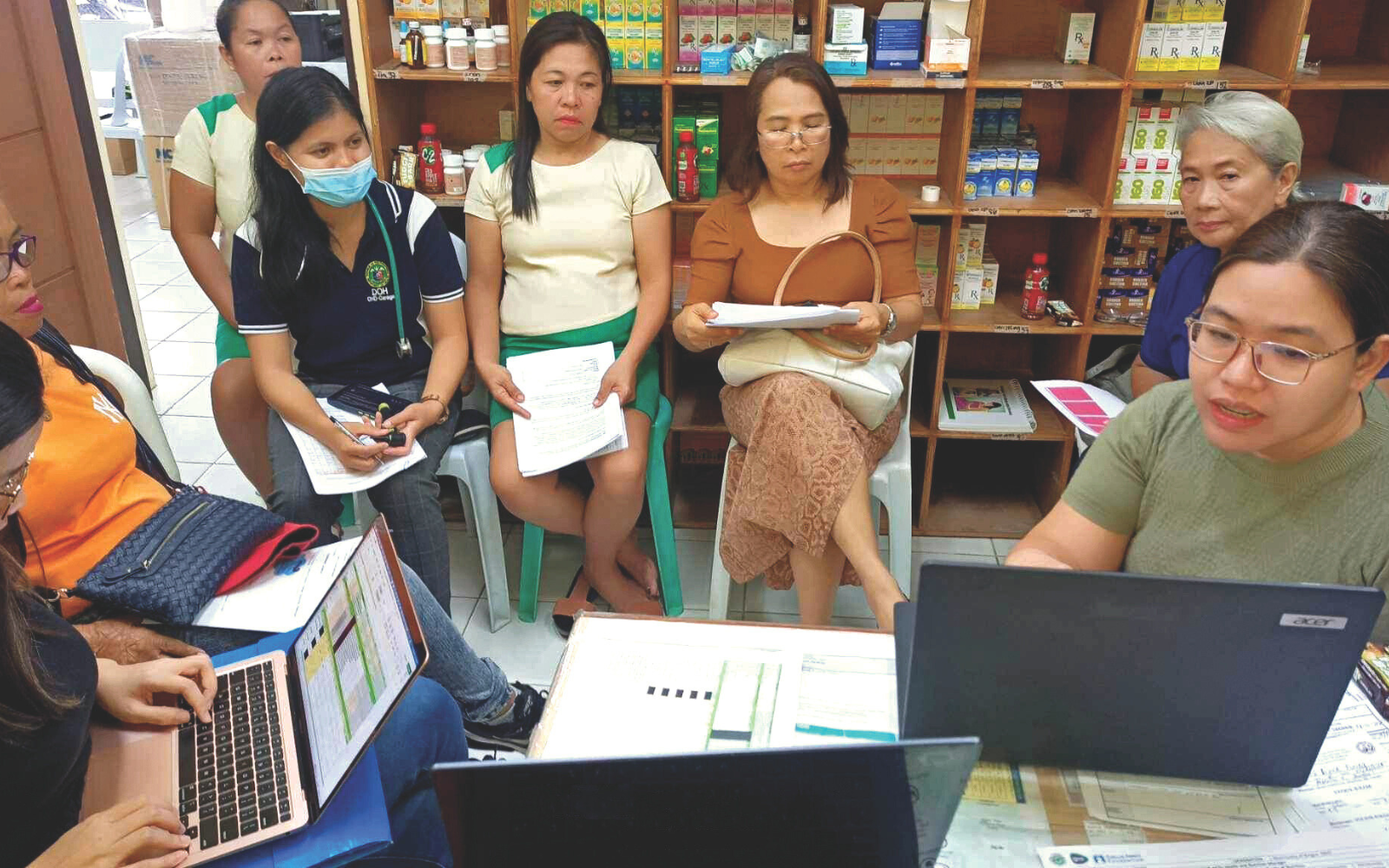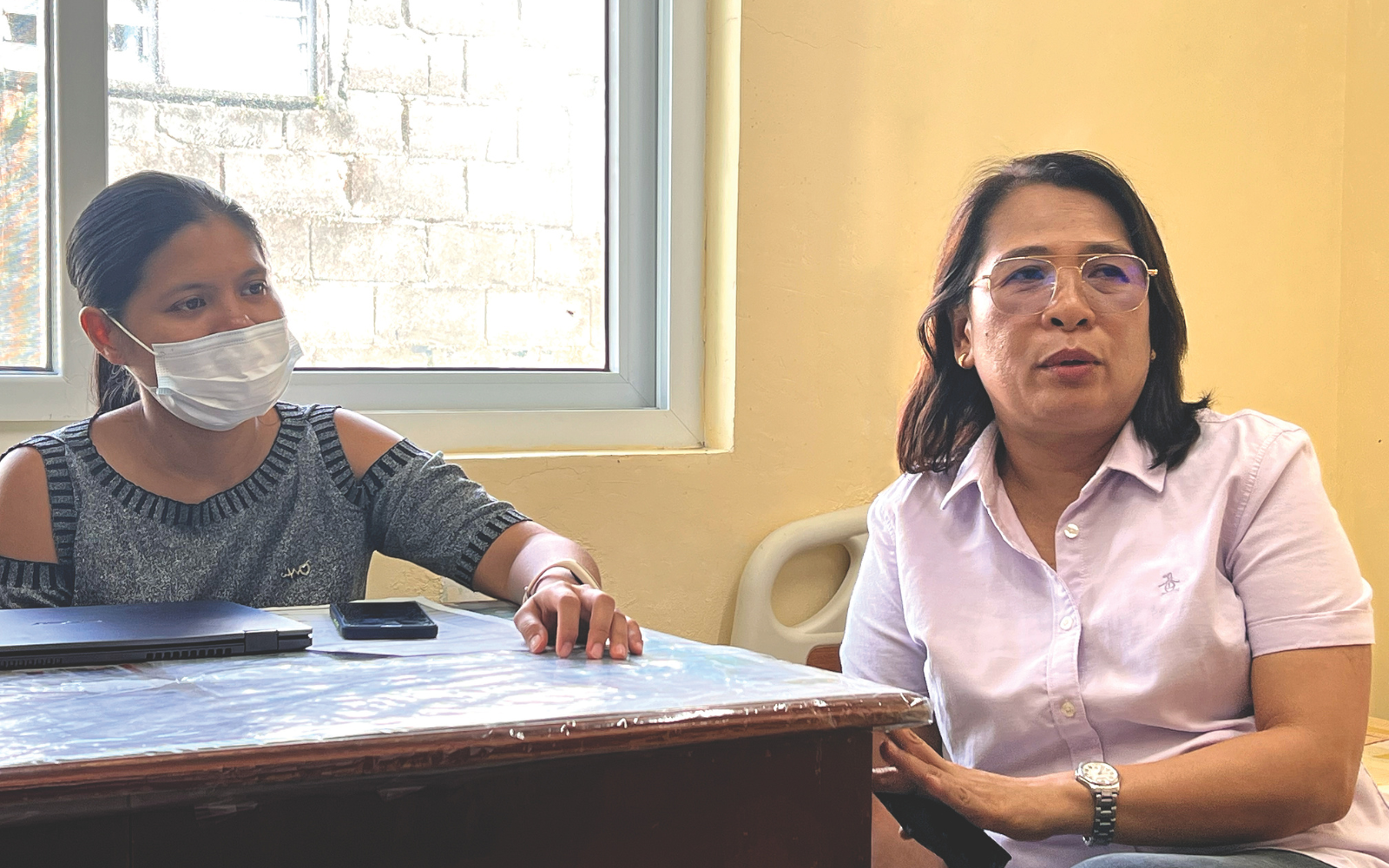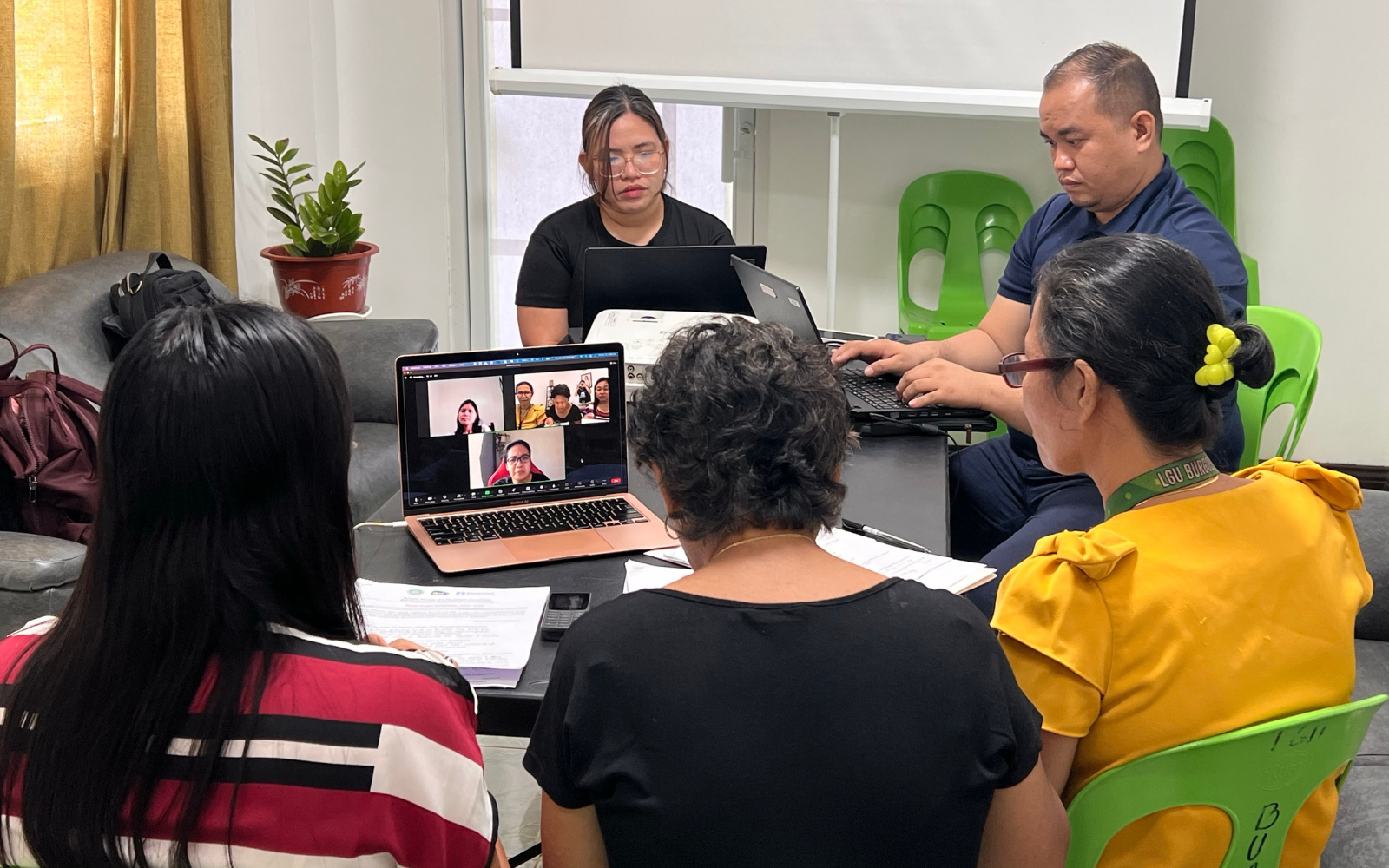Leveraging Multi-stakeholder Collaboration to Improve Nutrition Services in Burgos, Siargao
Stories

The municipality of Burgos, located in the northeastern part of Siargao Island, relies primarily on copra production and fishing for livelihood. However, as a fifth-class municipality, Burgos has faced persistent health and nutrition challenges, falling short of national standards for stunting and wasting. The devastation caused by Typhoon Odette in 2021 further worsened these issues.
Burgos, comprising six barangays and home to 4,185 residents, has a network of 43 Barangay Health Workers (BHWs) and 10 Barangay Nutrition Scholars (BNS). Upon taking office in 2022, Mayor Angie Arcena recognized the presence of existing nutrition programs led by former municipal health officer Dr. Christel Mendoza. However, despite these initiatives, malnutrition rates remained concerning.
Recognizing the Problem
In May 2023, the Burgos Nutrition Core Team participated in a Deep Dive activity, a guided community immersion, under Zuellig Family Foundation’s (ZFF) program, a part of the Ahon Siargao collective efforts. This experience highlighted the severity of Burgos’ nutrition challenges and underscored the need for a more coordinated response.
Sangguniang Bayan Member and Health Committee Chair Pedrita Domiños admitted that prior to the program, the local government unit (LGU) focused more on post-typhoon infrastructure recovery rather than nutrition policies. Likewise, Mayor Angie said, “I was not even aware of who and what a Municipal Nutrition Action Officer (MNAO) does before,” she said. “All the while, I thought it was just the team of Dr. Christel that had the responsibility for the nutrition situation of Burgos.”
The data stressed the urgency of intervention. Stunting prevalence among children aged 0 to 59 months in Burgos rose from 5.33% in 2021 to 19.16% in 2022.

Strengthening Coordination and Leadership
One of the first steps taken was improving communication and coordination among stakeholders. Mayor Angie and the LGU prioritized enhancing nutrition services by mobilizing resources and strengthening collaboration with government agencies and private organizations.
The Municipal Nutrition Committee (MNC) was reorganized to meet quarterly, ensuring regular updates and coordinated planning. Budgetary challenges persisted, with funds originally allocated for nutrition redirected to typhoon recovery. Despite this, Burgos sought external support through the Ahon Siargao convergence program and resource mobilization efforts.
Government agencies such as DOH-CHD and NNC Caraga Region provided technical assistance, including the establishment of a Super rural health unit (RHU). The Super RHU is a facility that integrates maternal and child health and nutrition (MNCHN) services, ensuring better service delivery. The municipality also benefited from the NNC’s Tutok Kainan Dietary Supplementation Program (TK DSP) for pregnant women.
Partnerships for Nutrition Improvement
Burgos engaged multiple private organizations to support its nutrition programs:
- The Assisi Development Foundation provided MannaPack Fortified Rice for children and pregnant/lactating women.
- The MCHS71 Movers funded additional ingredients for feeding programs in child development centers.
- The SeaOil Foundation implemented its “Tugon sa Gutom” Program, training residents on sustainable home gardening.
- Tanglaw ni Teresa Inc. trained Child Development Workers and provided instructional materials and water purifiers for childcare centers.
Workshops and awareness activities were also conducted in partnership with local organizations. For example, Calls Over Ridges held nutrition workshops at San Mateo Elementary School, and Nature Kids’ Siargao engaged students in interactive nutrition education.

Capacity Building and Data Improvement
To enhance service delivery, the municipality launched the Barangay Leadership Program for Nutrition Security (BLPNS), training local leaders on nutrition governance. This led to the development of Barangay Nutrition Action Plans (BNAP) across all six barangays, each with dedicated budget allocations.
Efforts were also made to improve data accuracy. The MNAO, Mardy Arones, implemented a hands-on approach to monitoring data quality, ensuring standardized weight and height measurements. The Measles-Rubella Supplemental Immunization Activity (MR-SIA) campaign was integrated with Operation Timbang Plus (OPT+) to streamline health and nutrition initiatives.
Additionally, the municipality strengthened its referral system for severely acute malnourished (SAM) and moderately acute malnourished (MAM) children, as well as nutritionally-at-risk (NAR) pregnant women. Identified cases were immediately referred for appropriate interventions, including supplementary feeding programs.
Institutionalizing Nutrition Programs

Burgos established the BHW and BNS Academy to provide annual training for frontline health workers. This initiative contributed to improved OPT+ coverage, which increased from 64.17% in 2022 to 86.36% in 2023.
The municipality also appointed breastfeeding advocates in each barangay to promote and support early childhood nutrition. These efforts reflect Burgos’ commitment to creating a sustainable and community-driven approach to nutrition improvement.
Through multi-stakeholder collaboration, Burgos has made great progress in addressing malnutrition. Preliminary data suggests a positive trend in reducing stunting rates, with a recorded 13.74% stunting rate in 2023 from 19.16% in 2022, and a goal to further reduce it to 11.5% by 2025. This progress reflects the collective efforts of health leaders and workers, and community members. By institutionalizing these efforts and continuing to build partnerships, Burgos is paving the way for a healthier future for its residents.